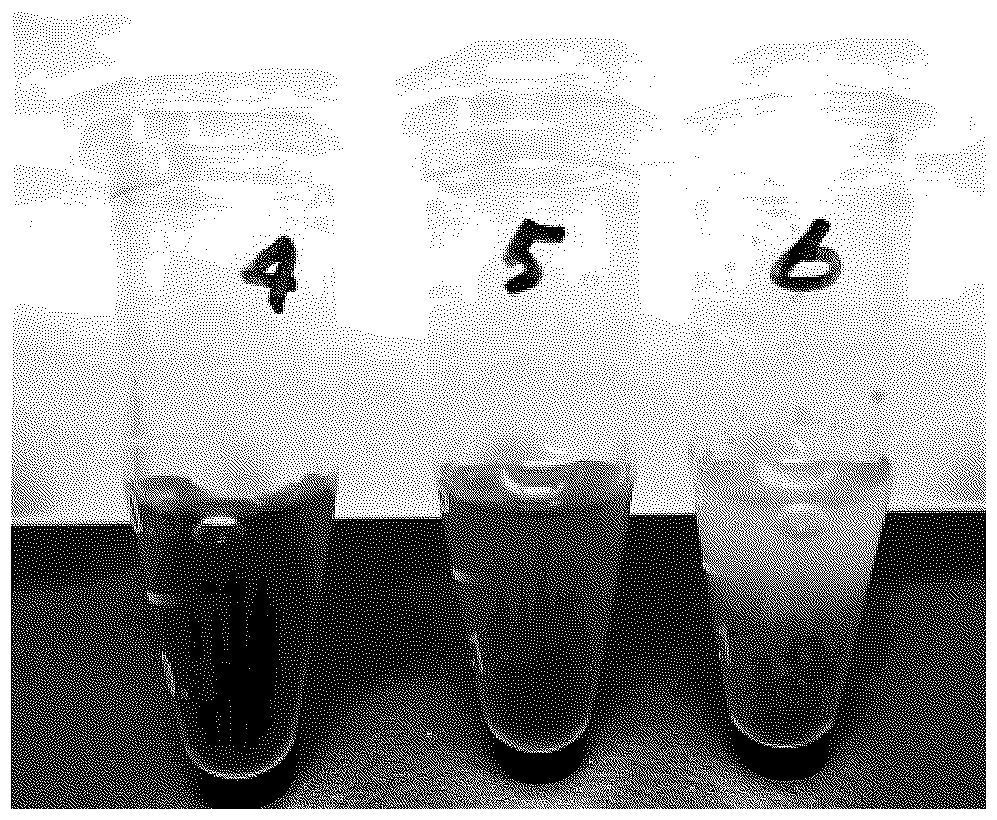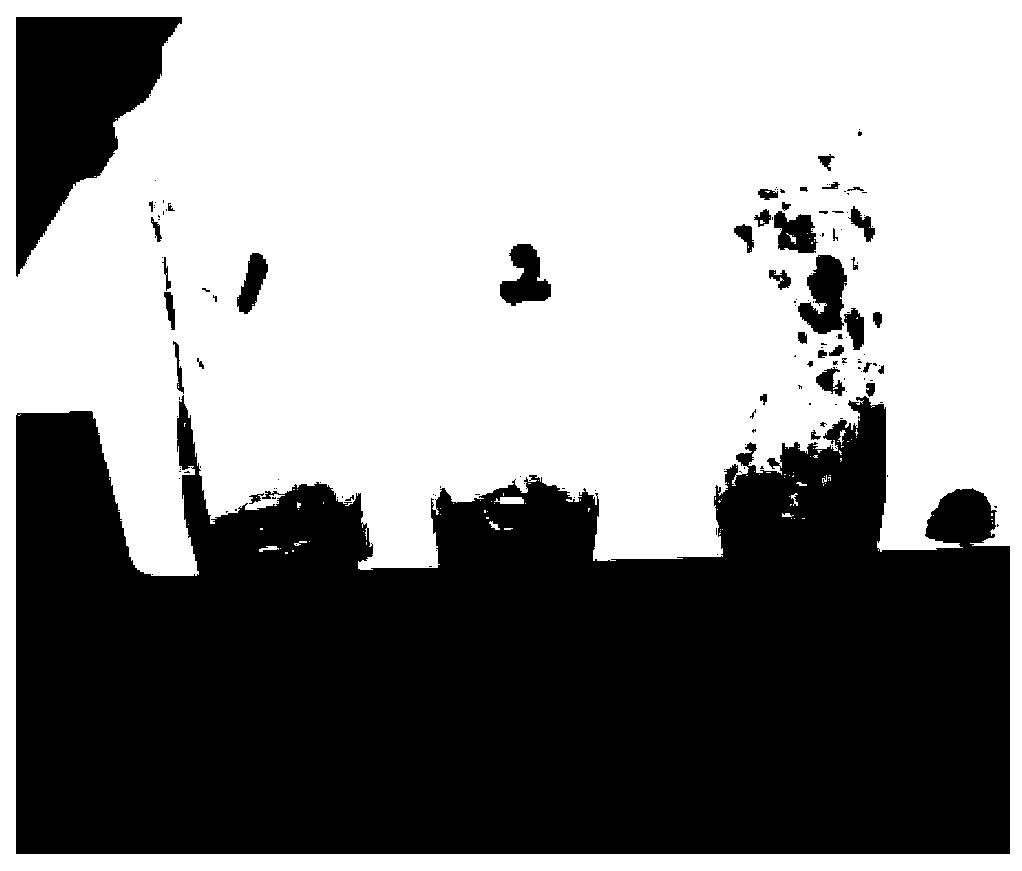Method for agglutinating erythrocytes, method for separating erythrocytes, and hemagglutination reagent
A technology for erythrocyte agglutination and erythrocytes, which is applied in biological testing, material analysis, sampling, etc., and can solve the problems of unreported bile acid surfactants, etc.
- Summary
- Abstract
- Description
- Claims
- Application Information
AI Technical Summary
Problems solved by technology
Method used
Image
Examples
Embodiment 1~4
[0048] (Examples 1~4, Comparative Examples 1-1~4-2)
[0049] Erythrocyte agglutination based on the presence or absence of bile acid-based surfactants and salts and the pH range
[0050] Add 10 mL of 10% w / v sodium taurodeoxycholate hydrate (TDOC), 10 mL of 1M citric acid, and 9 mL of 10% w / v sodium chloride to 71 mL of distilled water to prepare a final concentration of 100 mM citric acid. acid, 1% TDOC, 0.9% sodium chloride solution (reagent for erythrocyte agglutination). Also, a solution (reagent for erythrocyte agglutination) without adding TDOC and / or sodium chloride was prepared in the same manner, and the influence of the presence or absence of bile acid-based surfactant and salt and the pH range on erythrocyte agglutination were compared.
[0051] 60 μL of the whole blood sample was added to 400 μL of the reagent for erythrocyte agglutination, and the agglutination speed of the erythrocytes was checked visually. The agglutination rate was recorded as +++>++>+>± in o...
Embodiment 5~7
[0062] (Examples 5~7) Erythrocyte agglutination by bile acid-based surfactant and acid
[0063] Various bile acid-based surfactants (1% by weight) and citric acid (100 mM) were added to physiological saline to prepare a reagent for erythrocyte agglutination (pH 3.0), and the agglutination ability of erythrocytes was compared.
[0064] 60 μL of the whole blood sample was added to 400 μL of the reagent for erythrocyte agglutination, and the agglutination rate of erythrocytes was confirmed. The agglutination rate was recorded as +++>++>+>± in order of speed according to the criteria described below, and was recorded as - when hemolysis occurred without agglutination. In addition, the following standard is the same as the standard of said Examples 1-4 and Comparative Examples 1-1-4-2.
[0065] +++: Red blood cells are instantaneously agglutinated to a sufficient size, and the agglutinates of red blood cells are precipitated
[0066] ++: Red blood cells begin to agglutinate after...
Embodiment 8
[0074] (Example 8) Erythrocyte agglutination based on concentration of bile acid-based surfactant
[0075] A reagent for erythrocyte agglutination (pH 3.0) was prepared by adding taurodeoxycholate sodium hydrate (TDOC) and citric acid (100 mM) to physiological saline, and the erythrocytes were compared for the concentration range of TDOC shown in the following table agglutination ability.
[0076] 60 μL of the whole blood sample was added to 400 μL of the reagent for erythrocyte agglutination, and the agglutination rate of erythrocytes was checked. The agglutination rate was recorded as +++>++>+>± in the order of speed according to the following criteria, and it was recorded as - in the case of hemolysis without agglutination. In addition, the following standard is the same as the standard of said Examples 1-7 and Comparative Examples 1-1-4-2.
[0077] +++: Red blood cells are instantaneously agglutinated to a sufficient size, and the agglutinates of red blood cells are prec...
PUM
 Login to View More
Login to View More Abstract
Description
Claims
Application Information
 Login to View More
Login to View More - R&D
- Intellectual Property
- Life Sciences
- Materials
- Tech Scout
- Unparalleled Data Quality
- Higher Quality Content
- 60% Fewer Hallucinations
Browse by: Latest US Patents, China's latest patents, Technical Efficacy Thesaurus, Application Domain, Technology Topic, Popular Technical Reports.
© 2025 PatSnap. All rights reserved.Legal|Privacy policy|Modern Slavery Act Transparency Statement|Sitemap|About US| Contact US: help@patsnap.com



